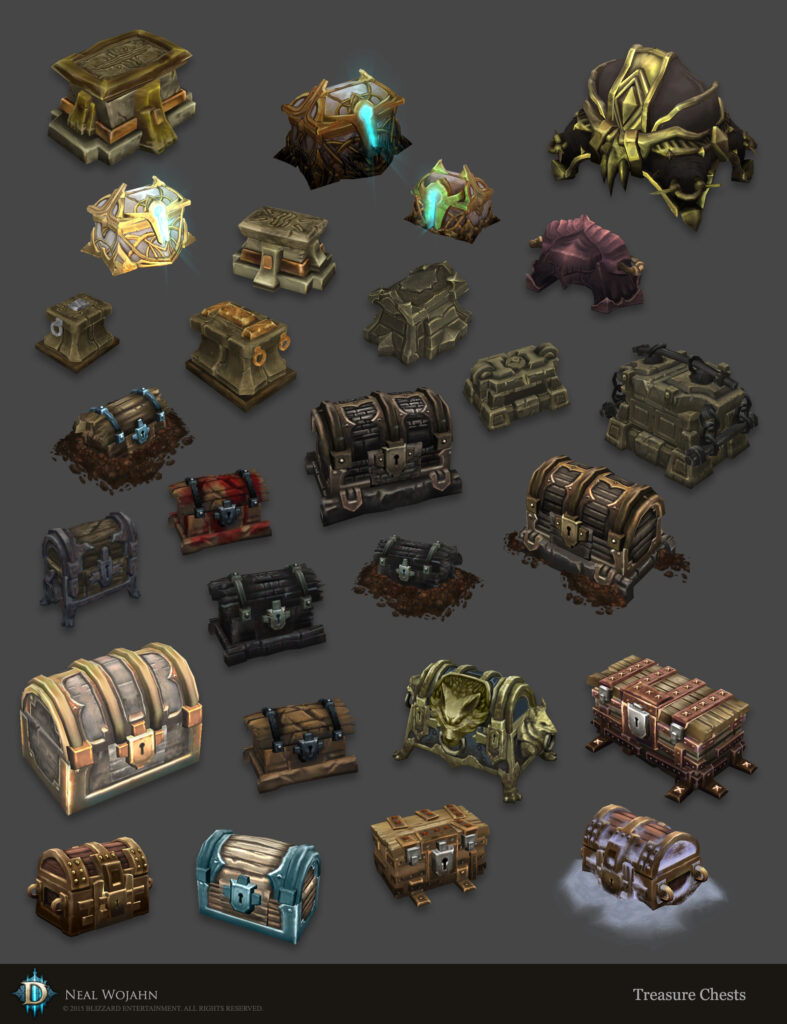ENGINEERING AN ASSET GENERATOR
As you’ve realized by now, Houdini is a great building tool in the sense that if the construction logic is established and sound, the amounts of variety you can extract from it is nearly endless.
For this to work efficiently, the key concept to be taken from the sentence above is “construction logic”. This is when you put your artiste beret aside, and wear the engineer’s hardhat.
To work well with Houdini, you must engage the left side of your brain. The side that enjoys logic puzzles and figuring out solutions to problems (and yes…math as well, sometimes).

A very useful tip – and approach I highly recommend you take – is to plan the logic on paper first. You will be surprised how quickly you realize what the necessary steps are needed in order to move from concept to final result, simply by drawing it out. I’m also a big believer in doing things manually, since it engages a direct connection between you hand, your eyes, and your brain. The computer tends to distract and sometimes even overcomplicate things. That is, unless you already have a clear idea of all the steps required to take ahead of time.
Here’s a typical approach:
- Gather as many references & art direction. This is critical
- Sketch out a logic flowchart / mindmap of the steps required. Pen and paper work best (just watch out from coffee spills)
- Flag potential “gotchas” sections i.e. math formulas, automation scripts
- In Houdini, use the tools that provide the most straightforward result. DON’T overcomplicate things!
- Get in the Flow
Practice makes perfect.
THE PROCEDURAL APPROACH
Consider the video games you play. For the most part, the game world is populated with a variety of props that give the player a sense of immersion. These props establish mood, space, obstacles and visual aesthetic that help define the game and its playability.
Consider these chests as an example:

They all have commonalities i.e. rectangular boxes with a lid, and oftentimes a lock. But other than that, they all look different from each other in terms of design.
With a procedural approach, you should be able to figure out how to create the common elements, and introduce user-controlled variants to make unique versions of the chest.
One thing to remember though, is that you have to make sure that all variants adhere to the established art style set upon at the design phase.
As we delve deeper into the procedural approaches, we will return to this example and start applying these methodologies to build asset generators.
Houdini also offers a very convenient way of creating interfaces that allow the users to modify parameters in real-time. We will explore those in class in detail.
WEEK 4 COURSEWORK
In the video below, I’ll walk you through how to build a basic pipe generator. It’s a simple asset, but it will touch on some of the basic workflows of working with Houdini.
Once you’ve built it, see if you can apply this process to additional generators.
Have this ready to show in class.
